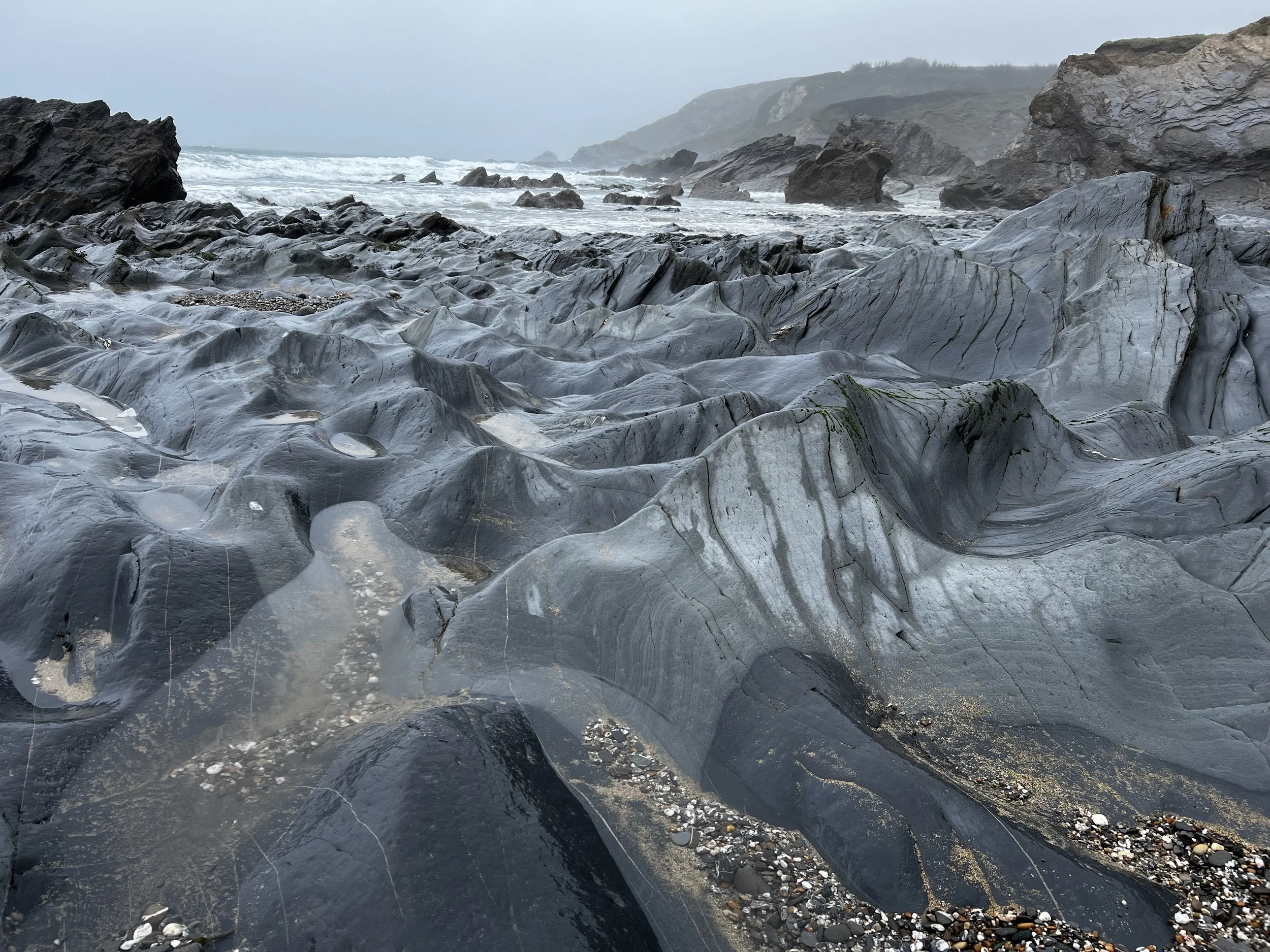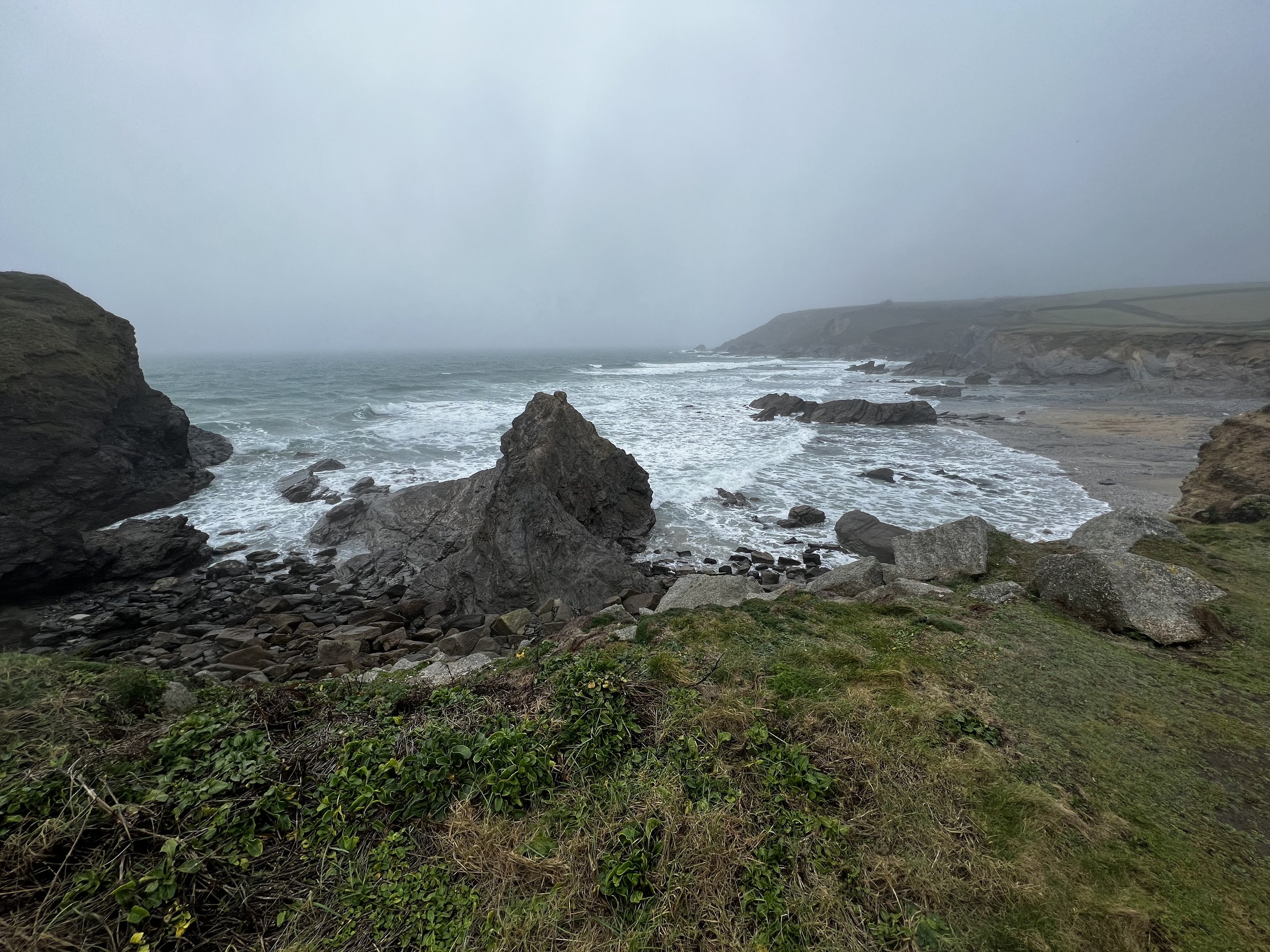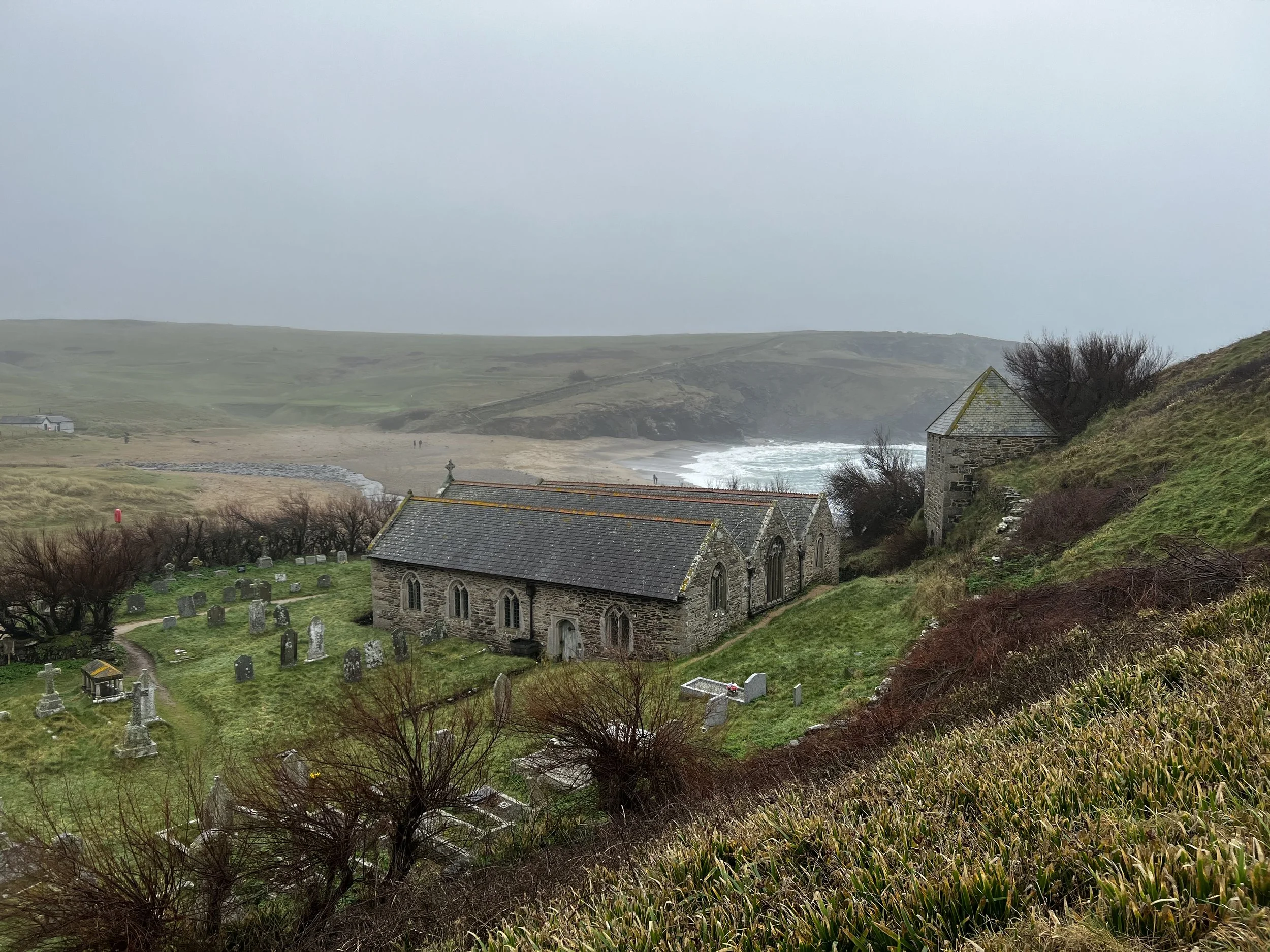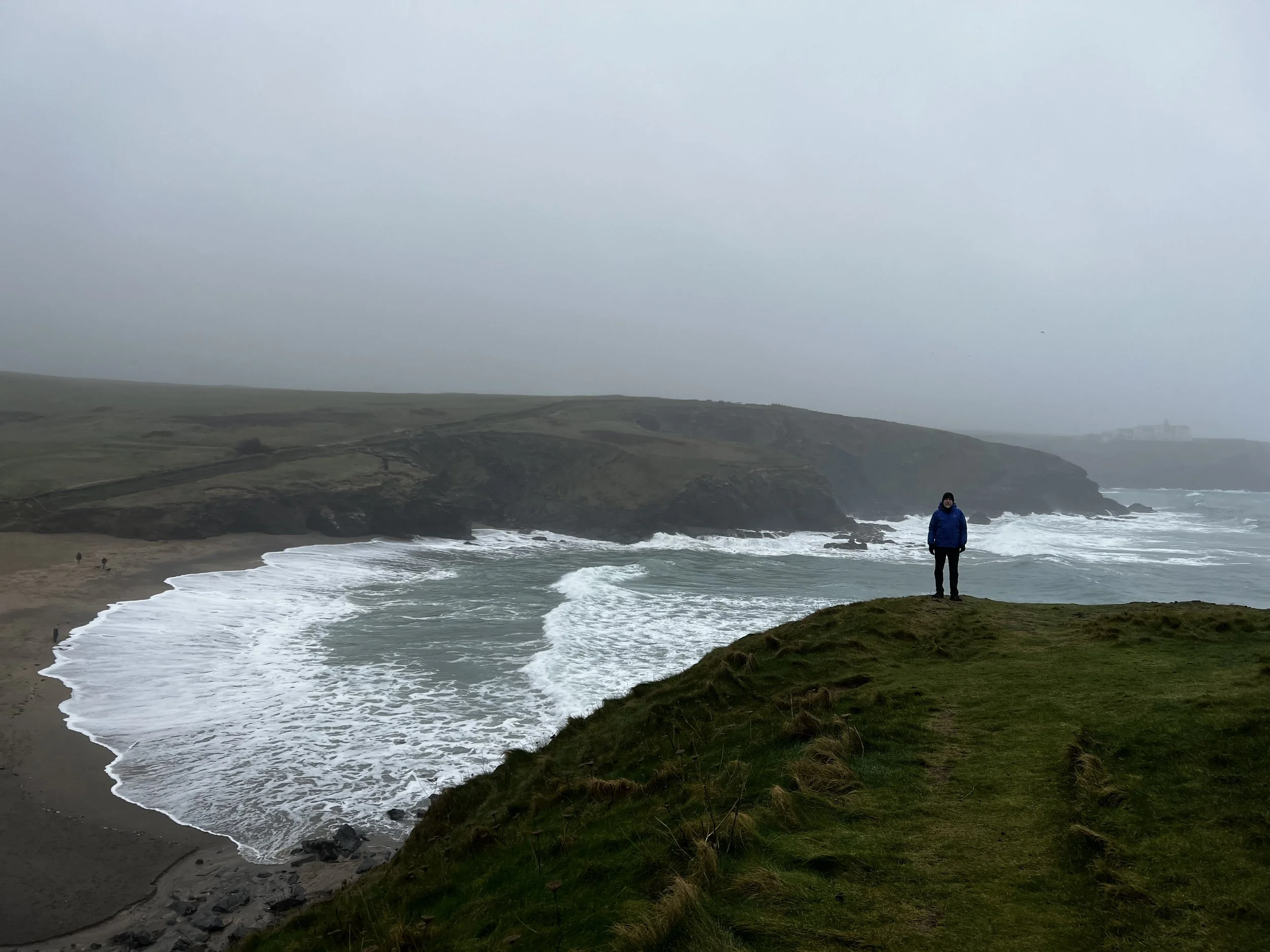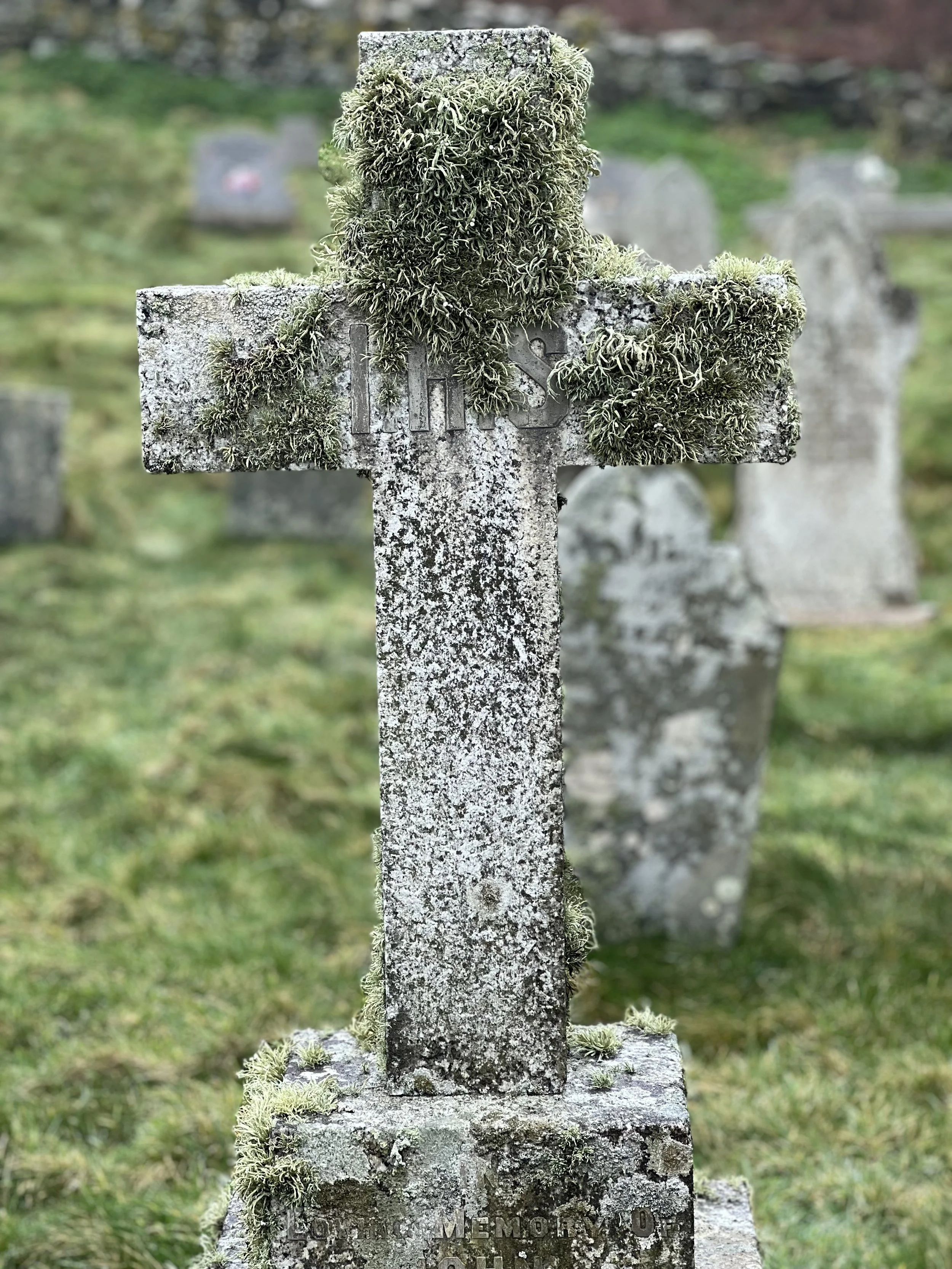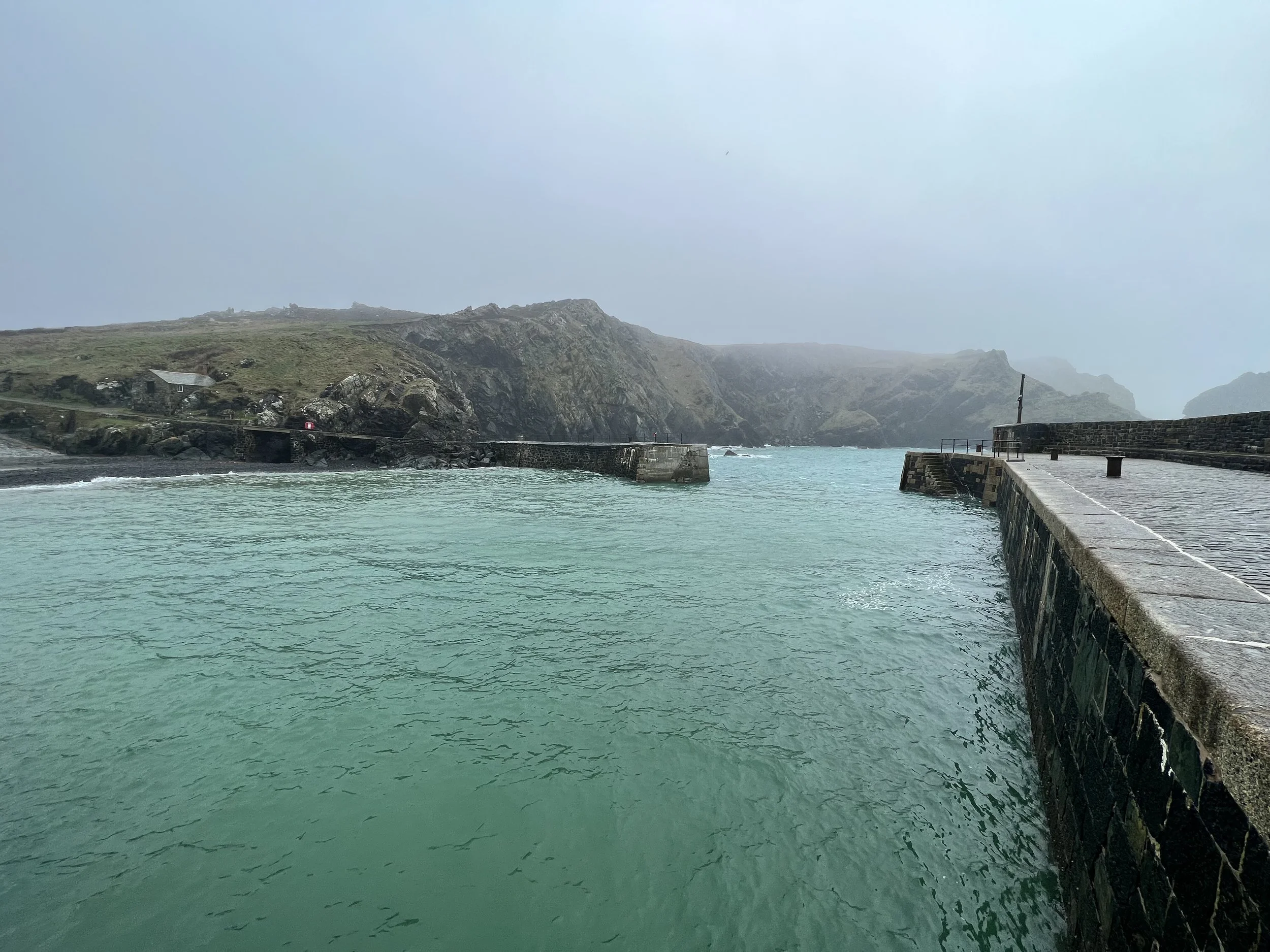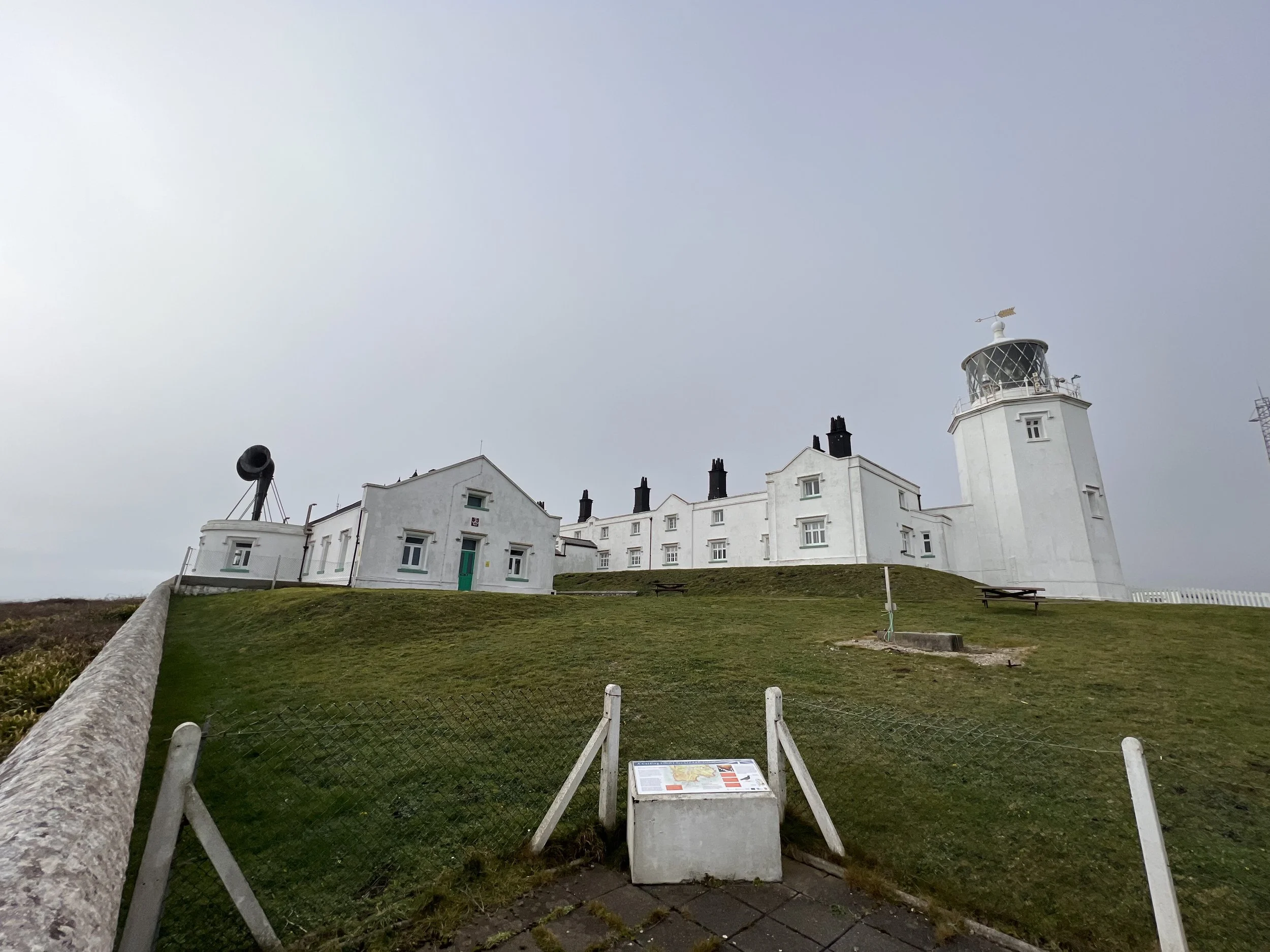The Lizard
“I don’t know what to think about this weather—it’s being a bit naughty.”
Here is a video to give you a small taste of what it’s like to drive over here. Other than one or two very short segments, everything you see is designed for two-way traffic!
The Lizard peninsula is the most southerly part of the British mainland, and is known for its unique geological features and rare plants.
The name “Lizard” is most probably a corruption of the Cornish name “Lys Ardh,” meaning “high court.”
The Lizard's coast is particularly hazardous to shipping and the seaways around the peninsula were historically known as the “Graveyard of Ships.” We visited five sites along the coast this past Thursday.
Gunnwalloe Beach
The region is famous for the local serpentine stone, a unique metamorphic rock which is dark green veined with red and white streaks.
Serpentine stone is named for its scaly, “reptilian” texture.
We’ve been very fortunate weather wise but, yep, it was a typically Cornish kind of a day today. No such thing as bad weather, just improper clothing—right? We were ready! 🙃
Dollar Cove
It is said that silver dollars were washed ashore from a Portuguese ship that went down here in the 17th century. In series 2 of Poldark there was plenty of action at Dollar Cove with smugglers thwarted by the customs officers and soldiers.
Church Cove Beach
Dollar Cove and Church Cove Beach are separated by a small headland.
The tiny church of St Wynwallow (the “church of storms”), with a detached tower set into the solid rock of the headland, is located to the north side of the beach, hence the name Church Cove.
Sandy Church Cove first made an appearance early in Series 1 where it was the scene of a nighttime shipwreck. Perhaps the inspiration for the location came from the fact that a real shipwreck occurred just off shore of this cove.
HMS Schiedam was a Dutch East India fluyt (a type of Dutch sailing vessel) captured twice, once by pirates. While carrying naval workmen and their families, horses, and cannon, she was lost off Church Cove on her return to England on April 4, 1684.
Standing on the bluff above Church Cove.
Mullion Harbor
Something is amiss with this maidenhead…can’t quite put my finger on it though…
No props here, just the genuine articles lying around this storybook little harbor.
The stormy waters added to the ambiance.
Kynance Cove
This place really stole the show today. After being greeted by a panoramic ocean view and walking down the beautiful path—a wonderful little cove with a small beach and a cafe reveal themselves.
Miraculously, given the time of year, the café was open!
We enjoyed a warm cup of tea while the ocean went about her unceasing business.
Such a great place to pause and be grateful for the beauty of the creation around us.
As if on cue, nature flew right up to us.
If you had to visit one spot on the Lizard, this would be it.
Lizard Point
Our final stop was at Lizard Point, the most southerly place on the Great British mainland.
Below the point is the Old Lifeboat House. The green meadow in the distance is Pistil Meadow (more on that below).
From the lighthouse looking down on Lizard Point. Just offshore are the Man o' War rocks.
On the November 10, 1721, thirty years before the lighthouse was built, 15 of the crew of the Royal Anne Galley lost their lives when the vessel was dashed against the cliffs in a storm. They are buried in a mass grave on Pistol Meadow, the grass slope just west of the Old Lifeboat Slipway (photo above).
Since 1751 there has been a lighthouse on Lizard Point, warning shipping of the dangers of this beautiful but treacherous coastline.

